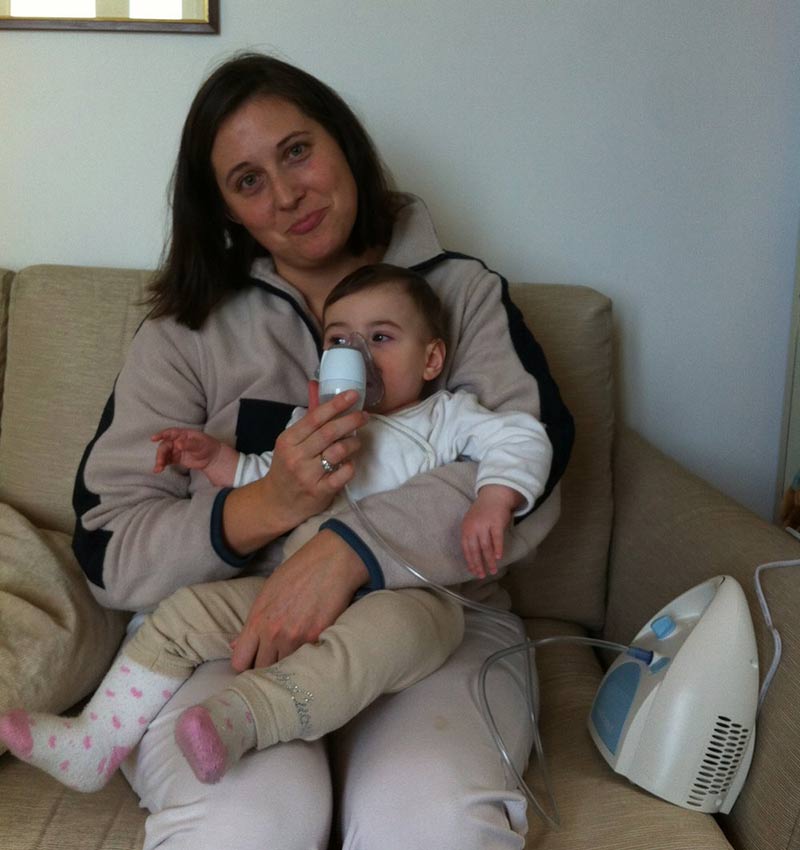
The Complete Guide to Childhood Asthma Treatment with Nebulizers
Childhood asthma treatment is a critical aspect of managing this common respiratory condition in children. Moreover, asthma, characterized by inflammation and narrowing of the airways, affects millions of children worldwide. Effective management is crucial to ensure the child’s well-being and quality of life. Therefore, one of the primary methods recommended by healthcare providers is the use of a nebulizer.
Understanding Childhood Asthma
Childhood asthma is a chronic condition that affects the airways, making breathing difficult. It often presents with symptoms such as wheezing, coughing, chest tightness, and shortness of breath. These symptoms can vary in severity, and asthma triggers can include allergens, respiratory infections, exercise, and exposure to irritants.
The Role of Nebulizers in Childhood Asthma Treatment
Nebulizers are essential devices in the treatment of childhood asthma. They work by converting liquid medication into a fine mist that can be inhaled into the lungs. This method is particularly beneficial for young children who may have difficulty using inhalers properly. Additionally, Nebulizers ensure that medication reaches the inflamed airways directly, providing quick relief from asthma symptoms.
Types of Nebulizers
There are several types of nebulizers available:
- Compressed Nebulizers: Use compressed air to create a mist of medication.
- Ultrasonic Nebulizers: Utilize ultrasonic waves to generate a fine mist.
- Mesh Nebulizers: Use a vibrating mesh to create the mist.
Each type has its unique features and benefits, and the choice of nebulizer may depend on factors such as the child’s age and the prescribed medication.
How to Use a Nebulizer
Using a nebulizer is a simple process but requires proper technique for optimal results. Here’s a step-by-step guide:
Preparation
Start by washing hands thoroughly with soap and water. Next, gather all the necessary supplies, including the nebulizer, medication, nebulizer cup, and either a mask or a mouthpiece, along with the tubing.
Assembly
Connect one end of the tubing to the nebulizer machine and the other end to the bottom of the nebulizer cup. Add the prescribed amount of medication to the nebulizer cup.
Using a Mask
Securely attach the mask to the top of the nebulizer cup. Place the mask over the child’s mouth and nose, ensuring a proper fit. Instruct the child to breathe normally through the mask until all the medication is used.
Using a Mouthpiece
Attach the mouthpiece to the top of the nebulizer cup. Instruct the child to seal their lips around the mouthpiece. Have the child take slow, deep breaths through the mouthpiece until the medication is finished.
Tips for Effective Treatment
To ensure effective nebulizer treatments for children with asthma, consider the following tips:
- Create a comfortable environment during treatment by reducing noise and distractions.
- For infants, schedule treatments after meals or before naps.
- Engage toddlers with their favorite activities or toys during treatment to keep them calm and distracted.
- Positive reinforcement, such as praise or rewards, can encourage compliance.
Maintenance and Cleaning
Proper maintenance of the nebulizer is essential for its effectiveness and to prevent contamination:
- After each treatment, disconnect the nebulizer cup from the tubing and wash with warm, soapy water.
- Allow all parts to air dry thoroughly before storing.
- Regularly disinfect the nebulizer as per the manufacturer’s instructions or healthcare provider’s recommendations.
Benefits of Nebulizer Treatment
Childhood asthma treatment with a nebulizer offers several benefits:
- Quick relief of asthma symptoms such as wheezing and coughing.
- Targeted delivery of medication directly to the inflamed airways, ensuring maximum effectiveness.
- Ease of use, especially for young children who may have difficulty using inhalers correctly.
Consultation and Monitoring
Parents should consult healthcare providers for personalized asthma management plans and guidance on using a nebulizer effectively. It’s crucial to monitor the child’s peak flow before and after treatments to assess their lung function and response to treatment.
FAQs about Childhood Asthma Treatment with a Nebulizer
Q: How often should a child use a nebulizer for asthma?
A: The frequency of nebulizer treatments can vary based on the severity of the child’s asthma. Typically, treatments may be prescribed 1-4 times a day, as directed by the healthcare provider.
Q: Can a nebulizer be used for infants with asthma?
A: Yes, nebulizers are safe and effective for infants with asthma. However, it’s essential to use a mask and ensure a proper fit to deliver the medication.
Q: How should I clean the nebulizer after each use?
A: After each treatment, disassemble the nebulizer and wash the parts with warm, soapy water. Allow them to air dry thoroughly before storing.
Key Takeaways
- Childhood asthma is a chronic condition affecting the airways, leading to symptoms like wheezing and coughing.
- Nebulizers are essential devices that deliver medication directly to the lungs, providing quick relief from asthma symptoms.
- Types of nebulizers include jet, ultrasonic, and mesh nebulizers, each with unique features.
- Proper technique, maintenance, and cleaning of the nebulizer are crucial for effective treatment.
- Consulting healthcare providers for personalized asthma management plans is important for optimal treatment outcomes.
In conclusion, childhood asthma treatment with a nebulizer is a valuable tool in managing asthma symptoms. By following proper techniques and guidelines, parents can ensure effective treatment and improved quality of life for children with asthma. Always consult with healthcare providers for personalized advice and guidance on managing childhood asthma.


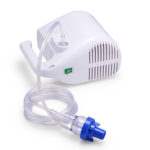

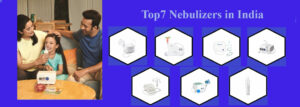
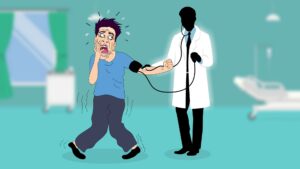
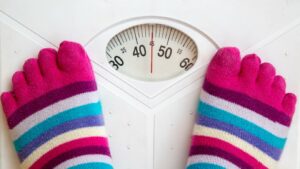
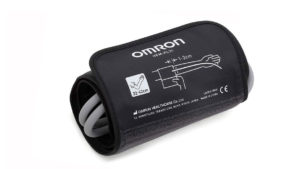


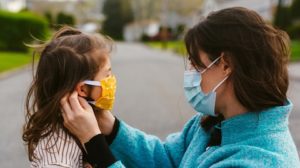

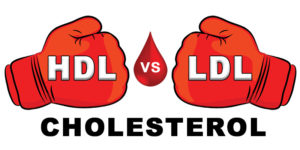
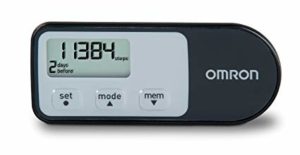
Nice site, It strikes a nice balance of the concept. I had a natural tendency towards ‘mindfulness’ from a young age. I am glad that I will definitely be coming back here more often. Wish I could add to the conversation. Thanks for sharing.
Keep Posting:)